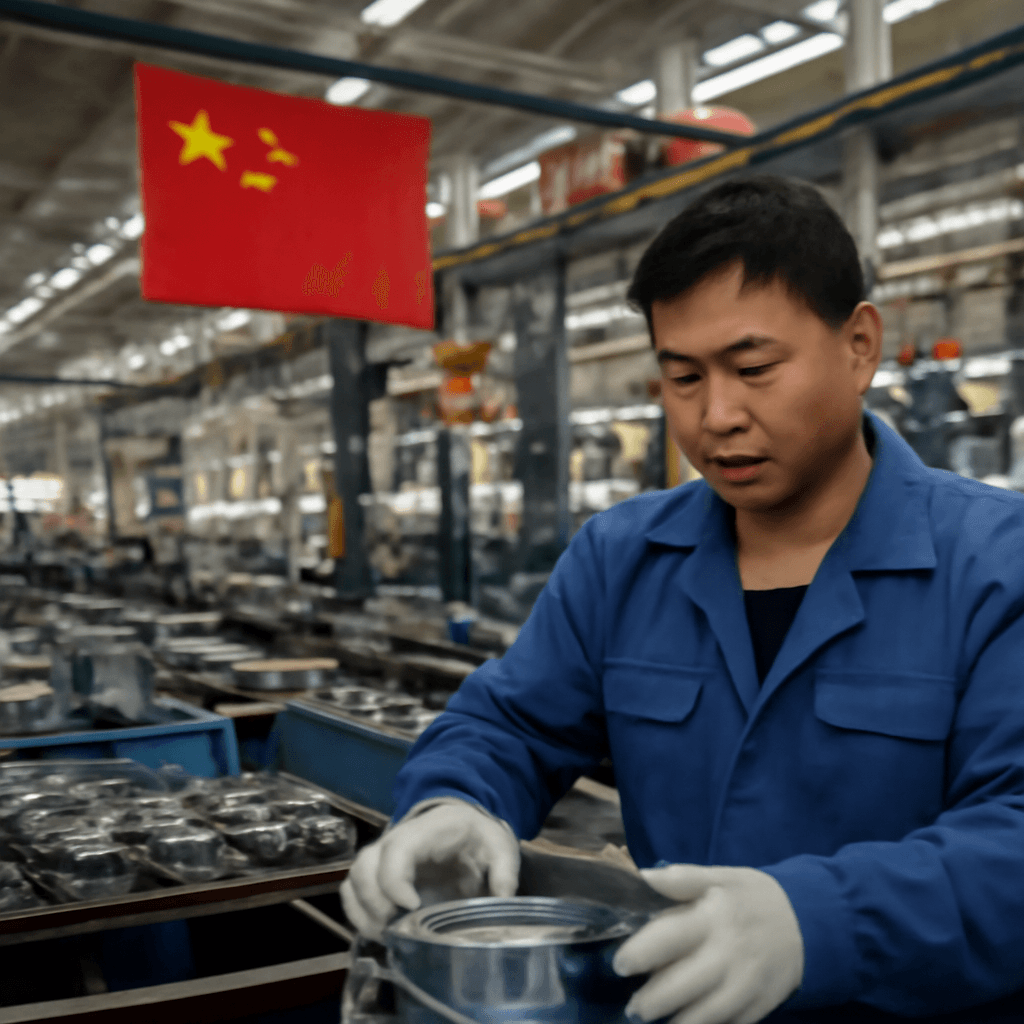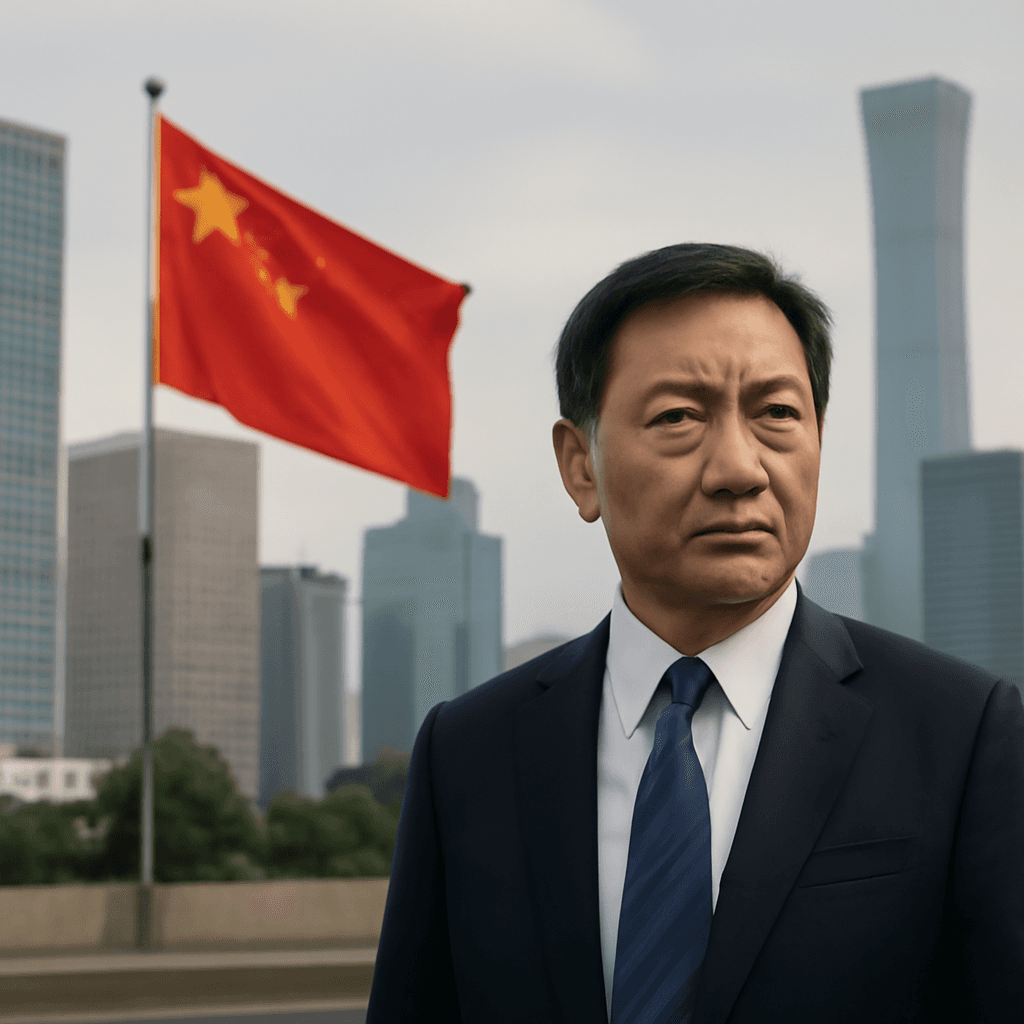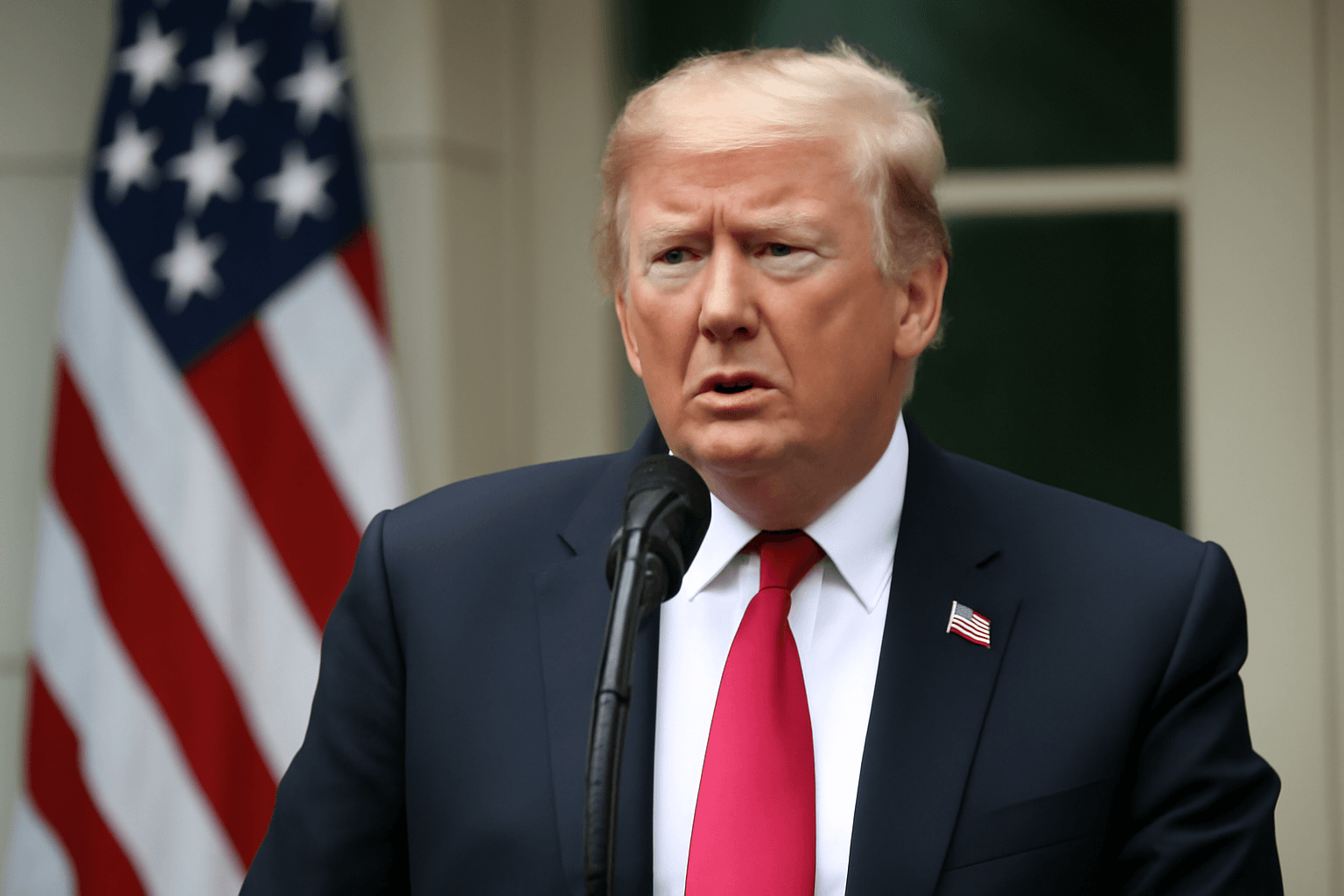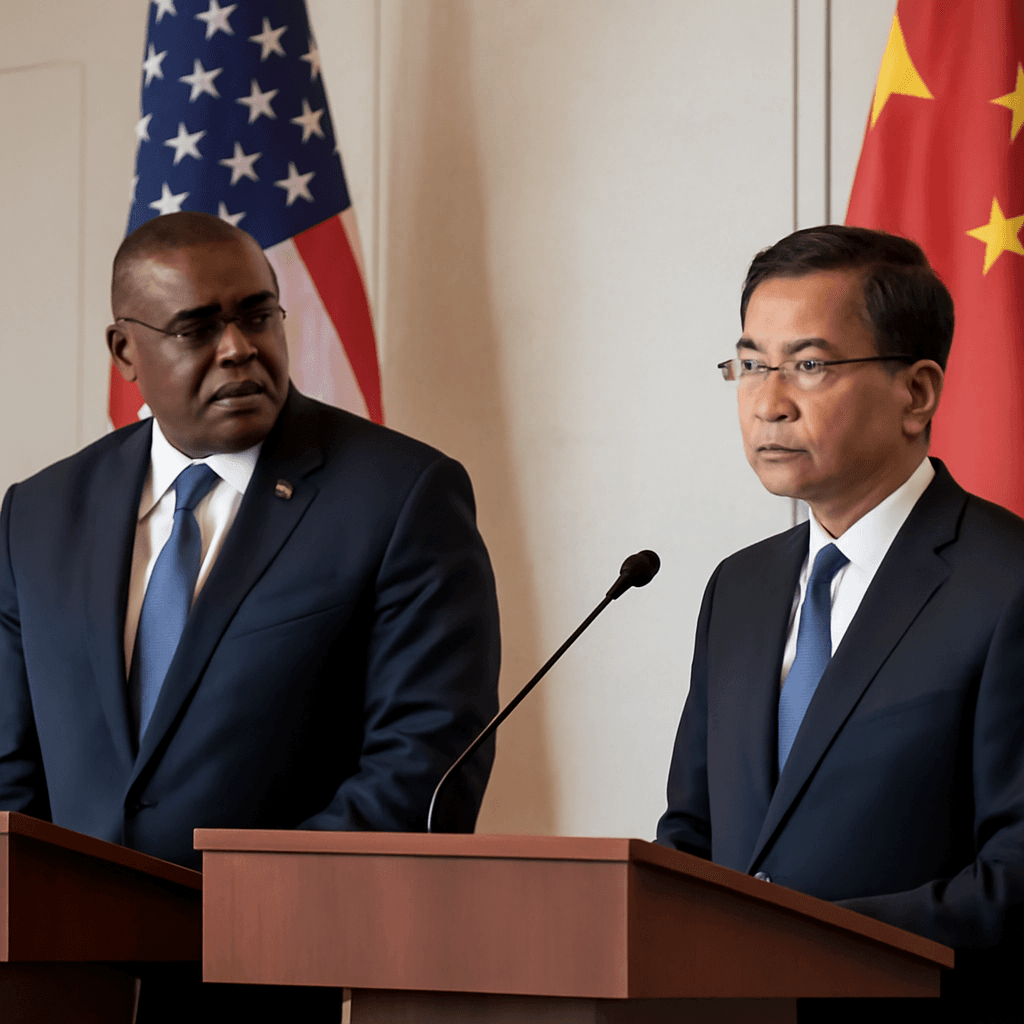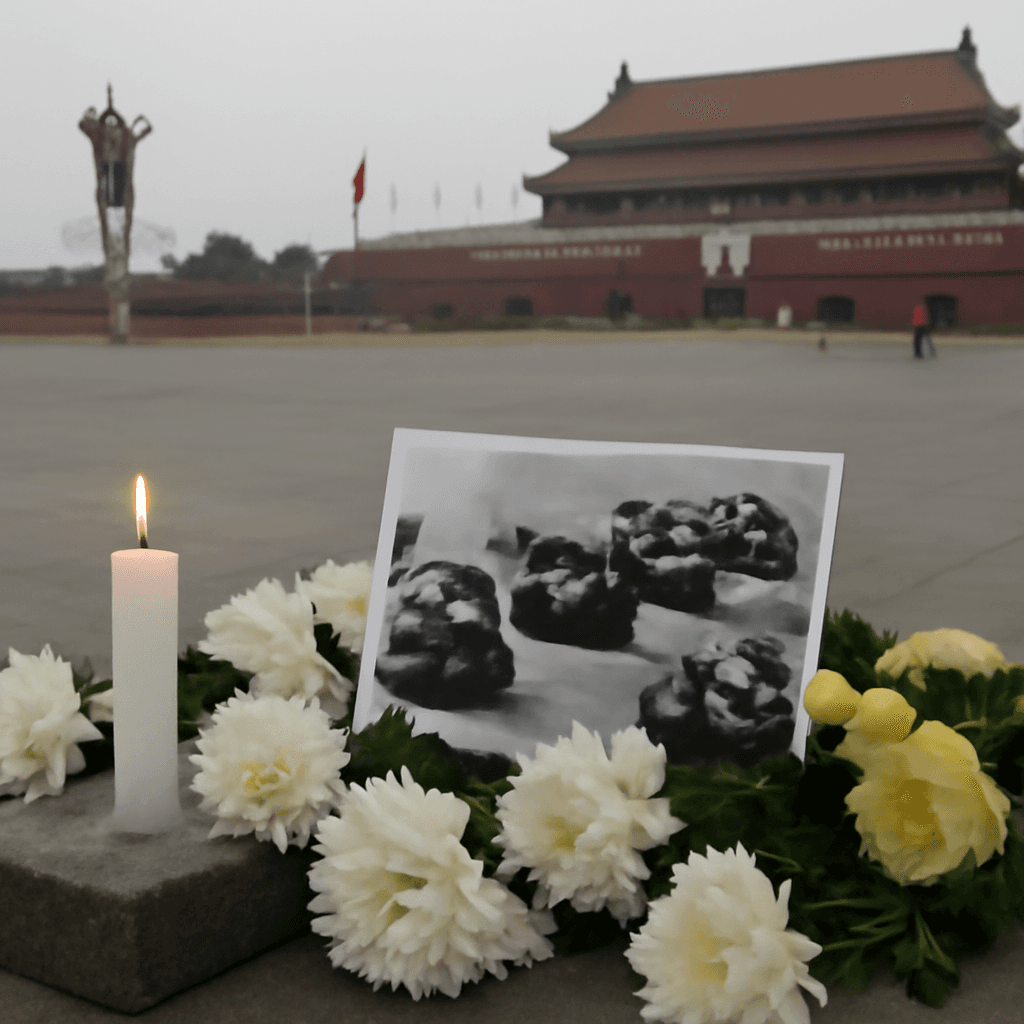China Faces Growing Deflation and Price Wars Across Industries
From bustling coffee shops to sprawling car manufacturers and the ever-challenging real estate market, China is witnessing a troubling economic pattern: a surge of businesses flooding into sectors only to engage in aggressive discounting to maintain competitiveness. This persistent deflationary spiral is ringing alarm bells among economists and policymakers alike.
The Cycle of ‘Involution’: When Competition Backfires
A recent study by Natixis analyzing 2,500 publicly listed Chinese firms highlights a stark reality — volumes may be increasing, but the value these companies extract is steadily eroding. Alicia Garcia Herrero, Natixis’ chief economist for Asia-Pacific, notes, "On the surface, companies appear to dominate markets, but beneath the surface, they are sacrificing profitability to maintain that dominance." This phenomenon, locally termed "involution," describes a fierce and often counterproductive competitive environment where firms slash prices, undermining their own financial foundations.
Official data further underscores this trend: in the first half of 2025, Chinese factory-gate producer prices declined, with only a handful of sectors out of dozens managing price increases, suggesting widespread deflationary pressures.
Real-World Impacts: Jobs, Industry, and Consumer Behavior
While consumer prices dropping might seem like a boon for the public by making goods and technology more affordable, the underlying economic turmoil paints a colder picture. According to Larry Hu, chief China economist at Macquarie, the reality is that the labor market growth is at its slowest pace ever, with mainland "A share" companies expanding payrolls by only 1% in 2024. Job scarcity threatens to ripple through households, increasing financial strain.
The electric vehicle (EV) sector perfectly illustrates this contest of price and survival. Industry leader BYD is slashing prices to outcompete rivals, while Xiaomi has undercut Tesla’s Model Y significantly, igniting a fierce EV price war. Meanwhile, American coffee giant Starbucks struggles to maintain its premium pricing in China’s saturated coffee market, where local chains and boutique shops sell similar drinks for a fraction of the cost.
More Than a Domestic Issue: Overcapacity and Global Ramifications
This deflationary pressure isn’t confined to consumer goods or services. Excess capacity is a systemic challenge, historically tied to China’s state-heavy commodities sectors but now increasingly prominent in private-dominated industries. Robin Xing, Morgan Stanley’s chief China economist, explains that the predominance of private firms complicates government efforts to coordinate industry consolidation to stabilize markets.
Adding fuel to the fire, escalating tariffs and trade tensions with the U.S. and European Union have prompted Chinese manufacturers to build production capacity overseas, potentially exacerbating global supply gluts. Goldman Sachs warns that sectors like air conditioners, solar panels, lithium batteries, and electric vehicles risk redundancy, with global supply outstripping demand across most industries China dominates.
Policy Responses and Economic Outlook
Chinese leadership recognizes the gravity of the issue. President Xi Jinping recently chaired a high-level meeting emphasizing the need to stabilize economic growth and address the destructive effects of "involution." The ruling Communist Party’s official publication underscored measures to standardize government interventions aimed at curbing unproductive competition.
Forecasts from various sources project China’s GDP growth easing slightly in 2025, possibly hinting at a more challenging second half of the year. Experts suggest that stimulating domestic demand will be essential to breaking the cycle of deflation and intense price competition, though this may unfold as a slow and difficult process.
Implications for Global Markets and Investors
China’s deflationary spiral offers a cautionary tale for global investors and policymakers. The interplay between domestic overcapacity, price wars, and trade tensions could reshape supply chains, manufacturing strategies, and competitive dynamics worldwide. Close attention to China’s internal economic adjustments and policy measures will be crucial in anticipating potential shocks and opportunities on the international stage.
Editor’s Note
The persistent deflation and “involution” in China illustrate a paradox where competitive zeal simultaneously drives innovation and undercuts profitability. As China steers through this complex economic landscape, the balancing act between fostering industrial upgrading and taming destructive price wars will define its mid-term growth trajectory. Readers should watch for how Beijing’s policy moves shape not only the domestic market but also ripple across global trade and investment patterns.


